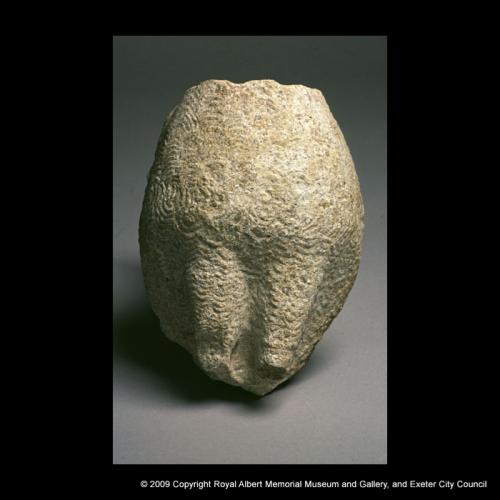Sculpture of a bird
Back to Time Period
Regarding this sculpture the late Professor J.M.C. Toynbee, a leading authority on Roman art, wrote as follows:
The sculpture represents the front portion of the bird’s body and the upper section of each of its legs. The legs , the chest, and the sides of the body are carved with a series of curved relief-lines running in different directions, which represent feathers very naturalistically and sensitively rendered. It can be said with certainty that it was worked in Britain by an artist from abroad. Its delicate sculpting betrays the hand of a very competent craftsman trained in the naturalist tradition of classical art.
Of the species of bird portrayed there is no quite conclusive evidence. But the notably massive proportions of the breast and the military character of the find-spot make an eagle the most likely candidate for its identity. It might, if an eagle, have stood, facing the spectator, on the ground beside the right leg of a life-size statue of Jupiter or of an emperor in Jupiter’s guise; and such a group would have found a natural place in the headquarters building of a legionary fortress. Of such a statue of a god or emperor not a trace has survived. But chronologically the personage depicted could well have been Nero, most of whose portraits, at the time of his damnatio memoriae, were either completely destroyed or provided with a new head, that of one of his immediate successors. As for the imperial eagle, it might have been thought sufficient to mutilate it, smashing to bits its head, wings, back and claws and consigning what was left to a rubbish pit. Such a reconstruction of the story of the piece is, of course, purely speculative; but at least it offers a possible explanation of it.
Publication: Toynbee, J.M.C. 1980, ‘A Note on the Sculptured Torso of a Bird’ in P.T. Bidwell The Legionary Bath-house and Basilica and Forum at Exeter, pp. 130-2.
Acknowledgments: RAM Museum



















